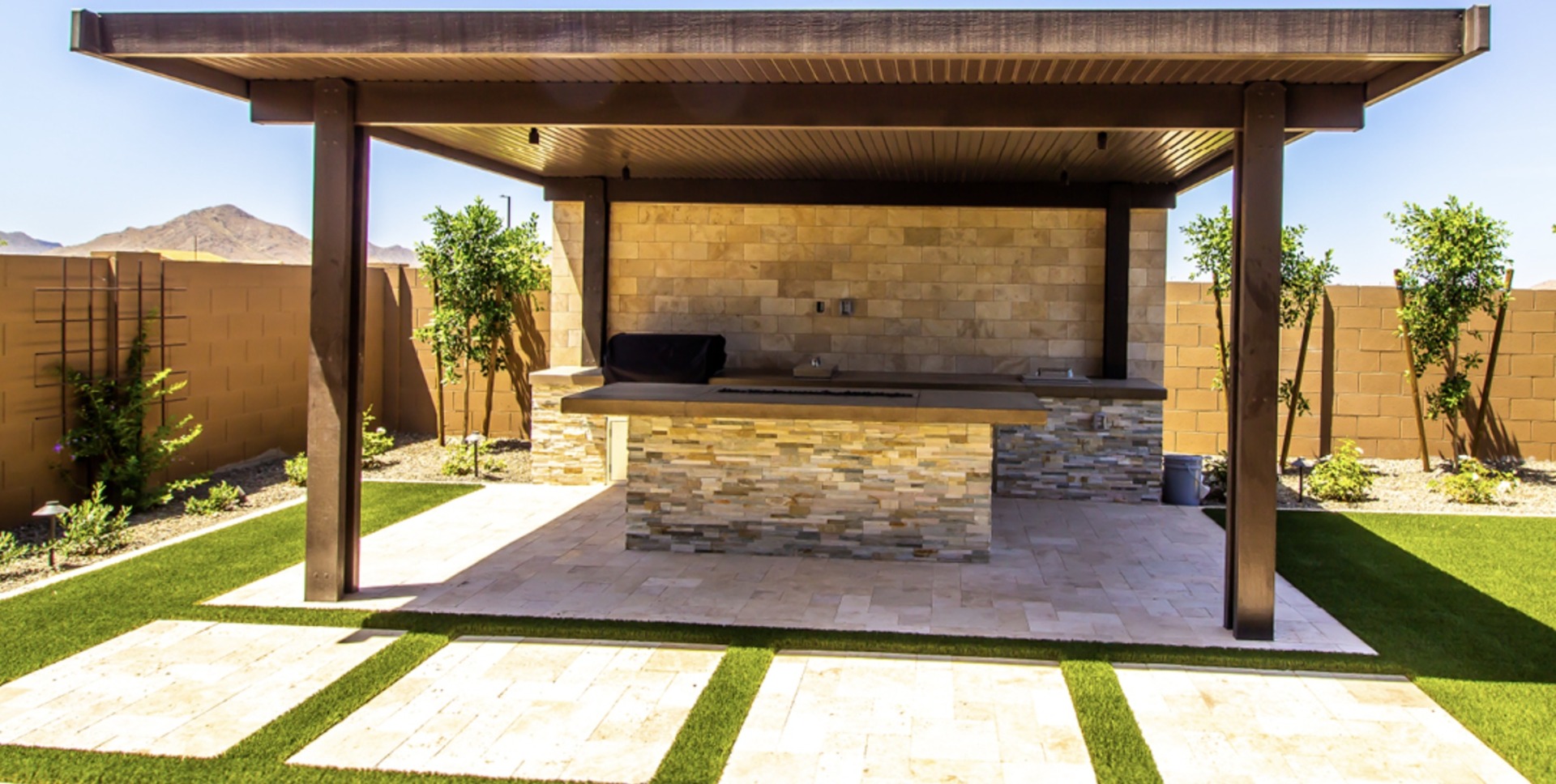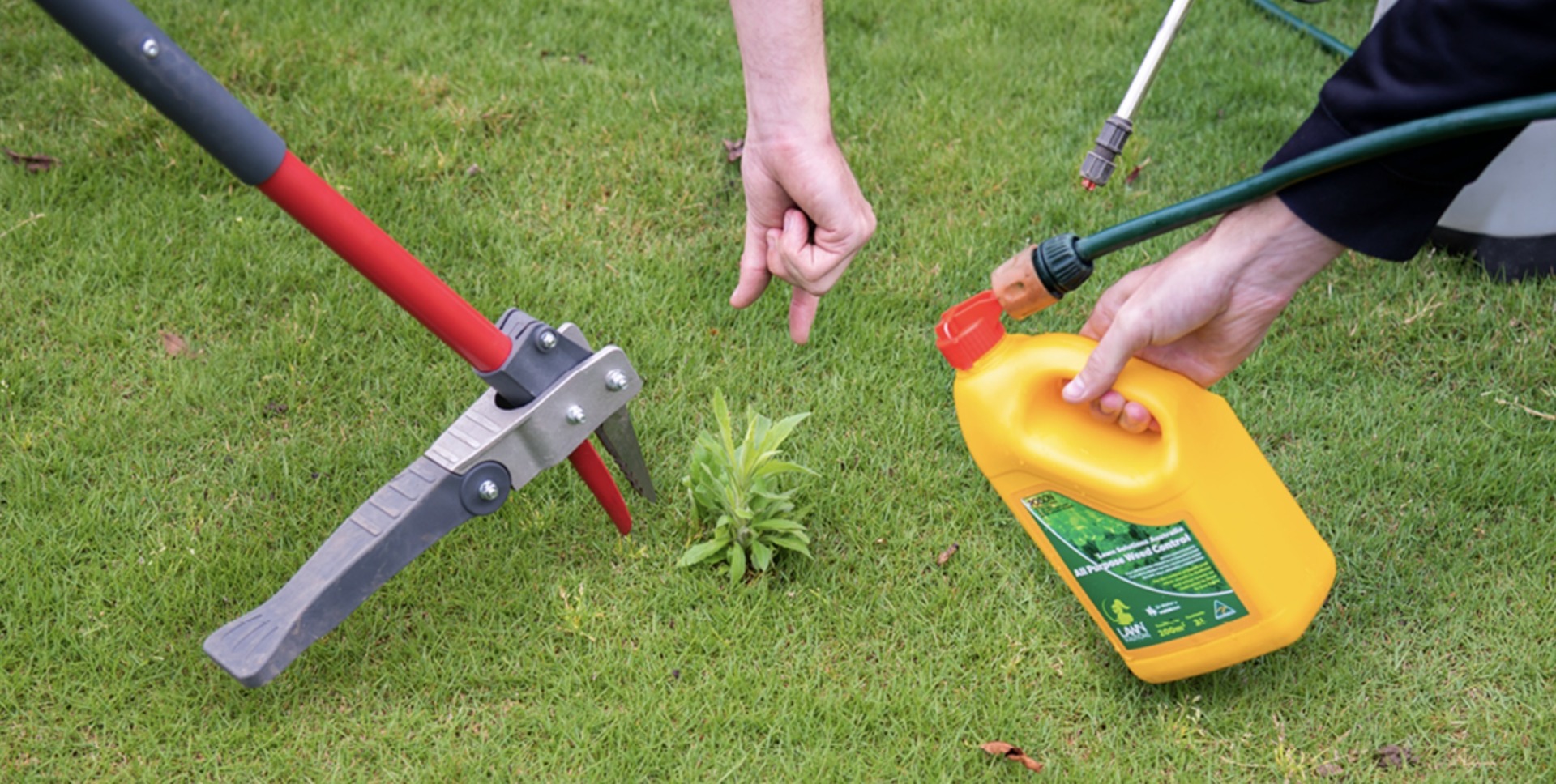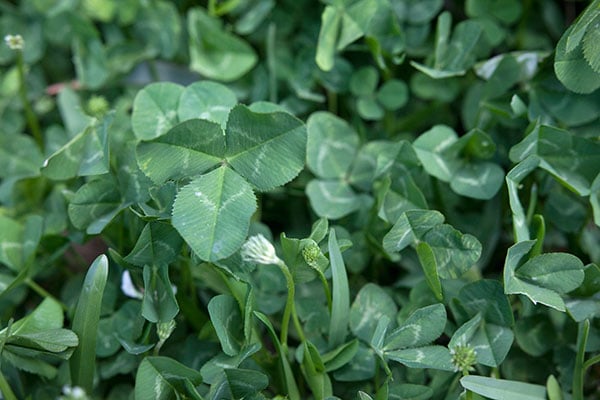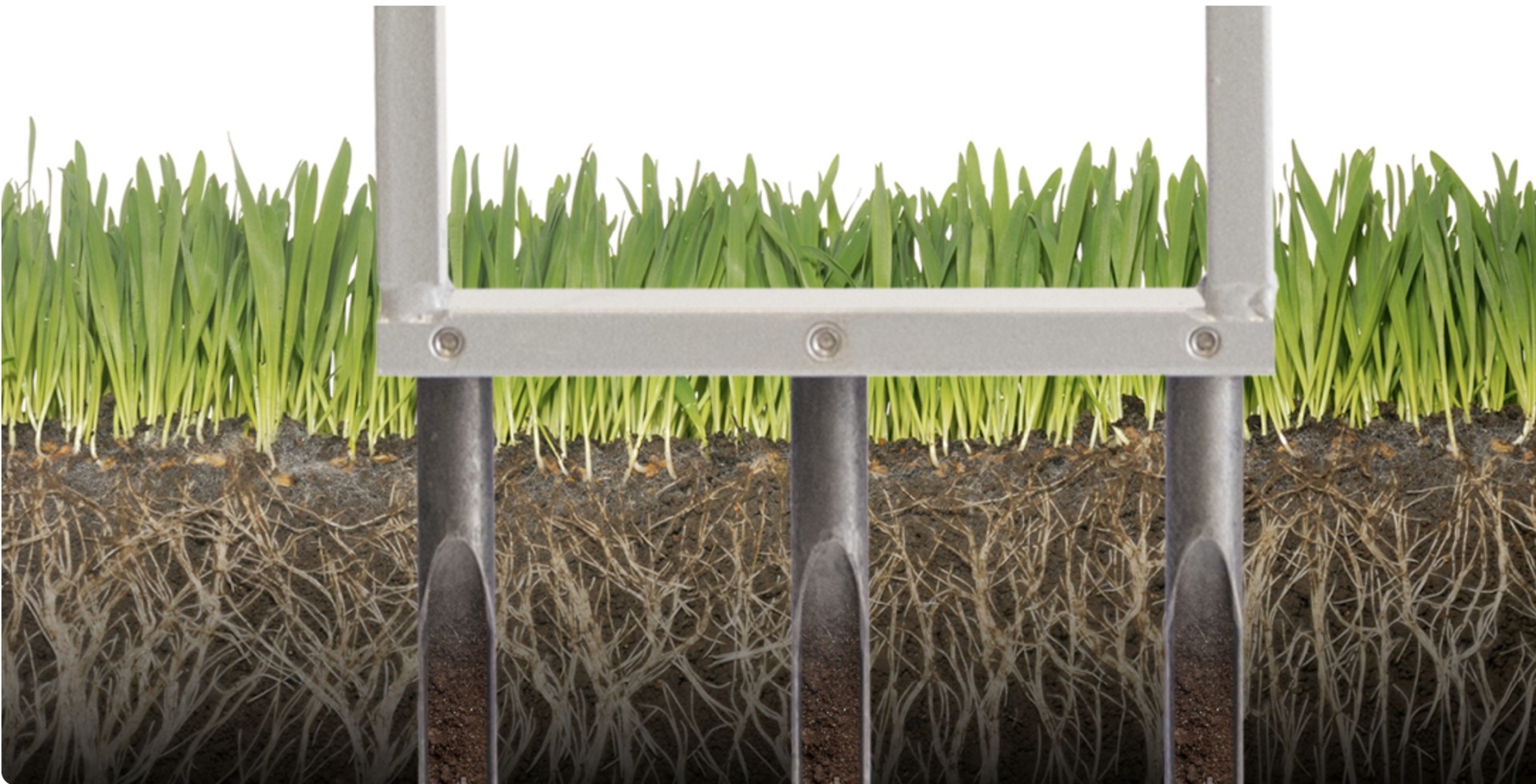Have you ever wondered what’s the best grass you should use around paving, concrete, and other surfaces? This blog looks at a range of options you can use in your outdoor space.
What’s the Best Grass Around Paving
When using grasses around paving, we recommend choosing a grass type that won’t grow particularly tall and will grow thick around the paving. If you plan to have pavers across your lawn, we recommend going for a slower-growing grass like Sir Grange Zoysia or Sir Walter DNA Certified Buffalo.
Sir Grange Zoysia
Sir Grange Zoysia is a slower-growing boutique grass that looks great with little maintenance. This grass has a stunning fine leaf, with a beautiful dark green colour, and is slow growing. This grass can even be left unmown! The Sir Grange also doesn’t grow particularly long, so it works well in landscaped areas. This is a slower-growing grass. So, it won’t have as fast repairing nature as other warm-season grasses like couch and buffalo grass. So, it is best used in low traffic areas that will not be used by pets and kids, or where the paving will be walked on, instead of the lawn.
As this grass is a slow grower, it can take some time to establish. Sir Grange Zoysia also requires a bit of extra ground preparation work when installing. For more information on the installation and establishment of Sir Grange Zoysia, click here.

Moderate Traffic Areas Around Paving
If you are installing grass in an area with pavers or other surfaces like concrete that will receive more foot traffic or will be used by pets and kids, we recommend having a look at Sir Walter DNA Certified Buffalo.
Sir Walter DNA Certified Buffalo grass has a higher wear tolerance and a faster repairing nature than Sir Grange Zoysia. Sir Walter has a soft broad leaf, high shade tolerance, and excellent with pets and kids. This grass is low maintenance, and well-suited to the Australian Climate.
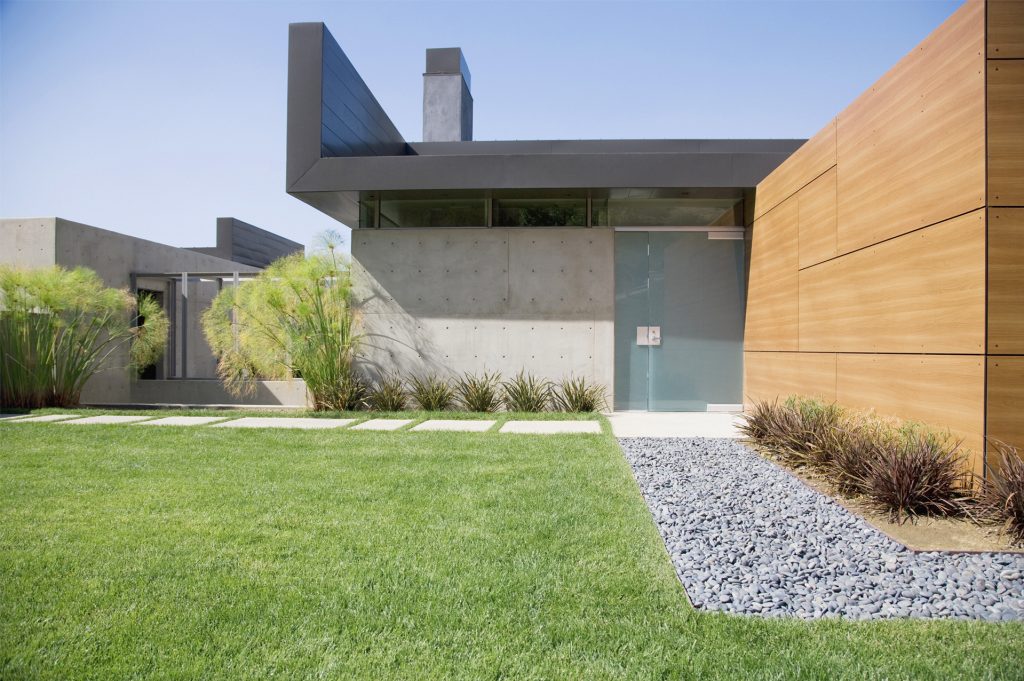
High Wear Areas
For choosing a turf type in high-wear areas along a driveway or other surfaces, we recommend looking at TifTuf Hybrid Bermuda or Sir Walter DNA Certified.
For turfed areas along driveways and paths, look at using faster-growing grass. Although you will need to keep in mind the lawn may need its edges done from time to time. Edging along driveways and paths will be much easier to maintain as they are mostly straight. Please check out our blog on edging for more information here.
If you want your lawn to sit flush with a concrete surface, we recommend leaving about 30-40mm below the height of the other surface. This will allow for the thickness of the turf. Best to chat with your local turf supplier for exact measurements of how thick they are cutting their turf.

Ground Cover Alternatives
There is an excellent range of other ground covers that you can use around paving. These ground covers are a good option to look at using in smaller areas, like alongside of the house or on small pathways. When choosing plants, it is best to look for something that is low growing and can spread to prevent weeds from growing. A few options include Baby Tears, Dwarf Mondo Grass, Dichondra Silver Falls, and Blue Star Creeper.
As always, if you have any more questions please don’t hesitate to contact us for free expert advice on 1800ALLTURF (1800255873) or 07 5543 8304.
